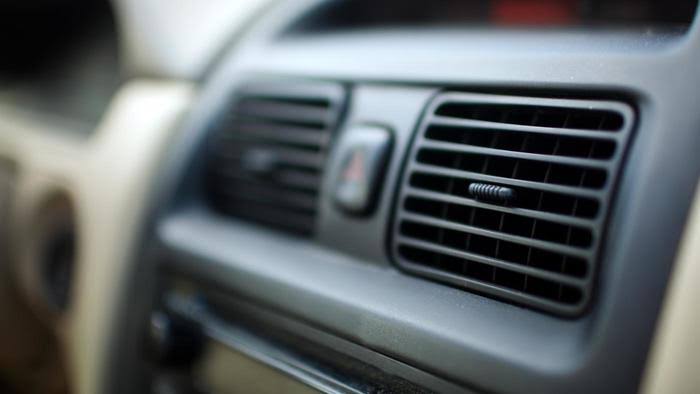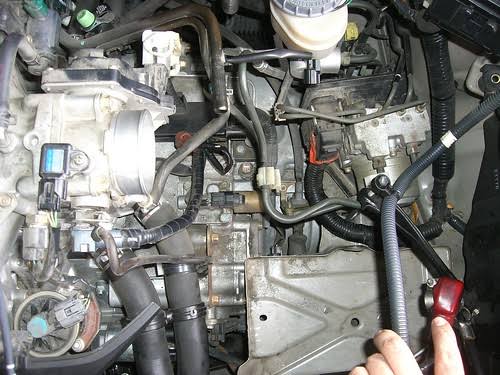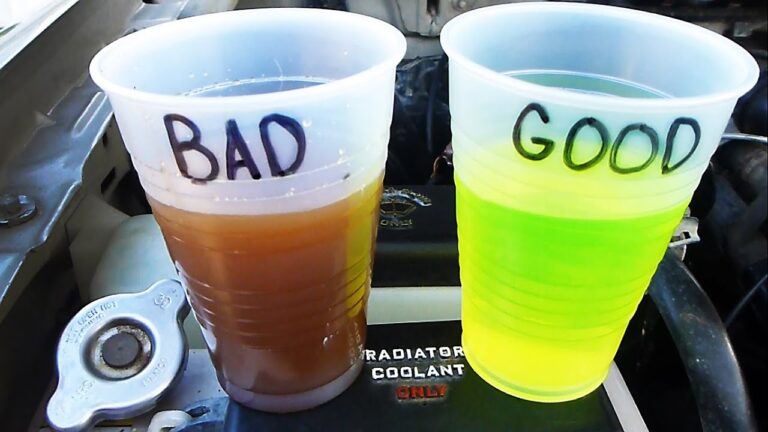Does Car Heater Use Gas?

When winter arrives, drivers rely on their car’s heater to stay warm and comfortable. But have you ever wondered if running the car heater uses gas? In this article, we’ll break down how a car heater works, its impact on fuel consumption, and whether or not it contributes to additional gas usage.
How Does a Car Heater Work?
A car heater operates by utilizing the engine’s heat. When the engine runs, it generates heat as a byproduct of combustion. The car’s cooling system circulates coolant through the engine to absorb this heat and prevent overheating.
The heated coolant is then directed to the heater core, a small radiator-like component. Air from the blower motor passes through the heater core, warming up before being sent into the cabin through the vents.
Does the Car Heater Use Gas?
1. Direct Gas Usage
The heater itself does not directly use gas. It relies on the heat generated by the engine, which is already running.
2. Indirect Gas Usage
While the heater doesn’t burn fuel on its own, running the heater indirectly contributes to fuel consumption in these ways:
- Blower Motor Energy: The heater’s fan or blower motor uses electricity, which is supplied by the car’s alternator. The alternator is powered by the engine, which runs on gas.
- Idling: If you leave your car idling to warm up the cabin, the engine consumes gas during this time.
3. Modern Cars and Fuel Efficiency
In modern vehicles, the impact of running the heater on fuel efficiency is minimal. Advanced systems are designed to be energy-efficient, making the effect negligible in most scenarios.
Situations Where the Heater Affects Gas Usage
1. Warming Up the Car
When you start your car in cold weather and leave it idling to warm up, the engine burns fuel during this process. However, this is due to the engine running, not the heater itself.
2. Hybrid or Electric Vehicles
In hybrid or electric vehicles, the heater can draw significant power from the battery. This can reduce the vehicle’s range but doesn’t involve gas usage.
Tips to Minimize Fuel Consumption While Using the Heater
- Avoid Extended Idling
Modern engines warm up faster when the car is in motion. Instead of idling for long periods, start driving after a brief warm-up. - Use the Recirculation Setting
By recirculating warm air already in the cabin, your heater doesn’t need to work as hard to maintain a comfortable temperature. - Regular Maintenance
Ensure your cooling system and heater components are in good condition. A well-maintained system operates more efficiently, reducing unnecessary strain on the engine.
FAQs
1. Does running the heater affect gas mileage?
Not significantly. The heater primarily uses heat generated by the engine. However, the blower motor draws energy, which may slightly impact gas mileage.
2. Does the car heater use gas when idling?
Yes, but only because the engine burns fuel while idling, not because of the heater itself.
3. Do electric cars handle heating differently?
Yes. Electric cars rely on their battery to power the heater, which can reduce driving range.
4. Is it better to use seat warmers than the heater?
Seat warmers are more energy-efficient since they directly warm passengers rather than the entire cabin.
Conclusion
While a car heater doesn’t directly burn gas, its operation relies on the engine and blower motor, which may indirectly contribute to fuel consumption. For most drivers, the effect is minimal, especially when the vehicle is already running.
By understanding how your heater works and adopting fuel-efficient habits, you can stay warm without worrying too much about additional gas usage. Stay comfortable and drive safely this winter!
Also Check:
• Does Running Heat in a Car Use Gas?





